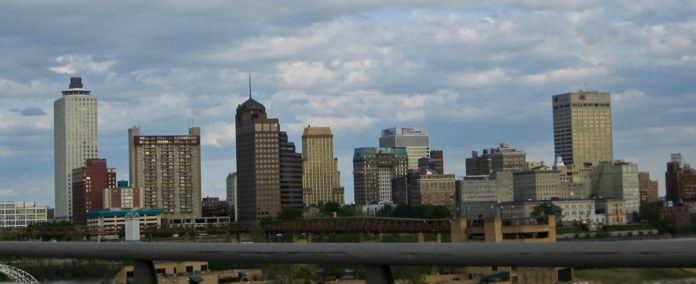
by Dr. L. LaSimba M. Gray Jr., Special to The New Tri-State Defender
In the late 1950s, I joined my neighbors in the Warren-Alcy-Ball Community to go and chop cotton in Arkansas. We would get up before daybreak, climb into a station wagon, and go to the field. Mrs. Mary Pickens, owner of the station wagon was paid one dollar per person she transported to the cotton field. Each person was paid thirty-five cents per hour for a ten-hour day.
On my first trip over, I was excited to see the Mississippi River and to be going to the cotton field. I was fascinated by the long drop from atop the bridge down to the rushing mighty Mississippi. We would stop and buy our lunch from a general store in West Memphis.
Our choices were amazingly basic; saltine crackers pork-n-beans, sardines, rag bologna, hoop cheese, vanilla wafers, cupcakes and various other cold cut meats. Lunchtime was a refreshing pause in a long day of hard work. As I look back, it was sort of my rite of passage to manhood. Upon our return to Memphis, I saw the Memphis skyline for the first time, and I thought it was magnificent.
My fascination with the Memphis skyline lasted until I began to fly into Los Angeles, Chicago, New York and other major cities. I then began to wonder why the Memphis skyline was so small, and seemingly never grew. While I pondered my concerns, I never knew where to look for answers.
During the MLK50 commemoration, I ran across a book entitled, “Rowdy Memphis” by John Branston. In this book, I was reminded who the founders of Memphis are, namely John Overton, Marcus Winchester and John McLemore. As Memphis went through its early metamorphosis, the founders exercised great power and control. They were called the “Proprietors” of Memphis, not in appreciation, but with some disdain.
To fully understand why the Memphis skyline does not grow, and is not punctuated with skyscrapers, one has to appreciate two terms; proprietors and promenade. In the original layout of the city, the proprietors reserved several squares, streets, alleys and the “promenade” on the riverfront. In its classical sense, promenade is a reserved area for leisurely walking and socializing in a public place. Proprietors” in Memphis were the owners of Memphis, Tennessee. When the public challenged and debated the practicality of the promenade, the “proprietors” restated their original intention for the record in 1828.
“In relation to the piece of ground laid off and called the “promenade”, it was our original intention, is now and forever will be that the same should be public ground for such use only as the word imports, to which heretofore, by their acts for that purpose, it was conceived. All rights were relinquished for themselves, their heirs, etc.”
– John Branston, “Rowdy Memphis: The South Unscripted”
The original intention of the “proprietors” is a document of public record that cannot be ignored by public officials nor private developers. Many private developers have proposed to build high-rise buildings, hotels, apartment buildings and office complexes on the Riverfront. The historical land mine that blocks the path is the “original intention” of the proprietors.
I now know why the skyline of Memphis doesn’t grow; it was not in the original intention of the founders.
(This is one in a series of periodic columns by the Rev. Dr. L. LaSimba M. Gray Jr., pastor emeritus of New Sardis Missionary Baptist Church.)




